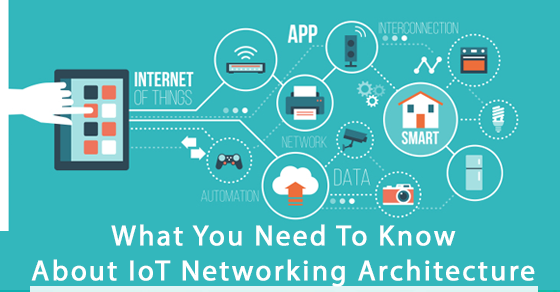"Python Or Java: Which Is Best?"
"Empowering Mobile Application Development With APM & EMM"

Internet of Things (IoT) refers to the different physical devices all around the world that collect and share data after being connected to the internet. With the help of wireless networks and cheap processors, that are readily available nowadays is possible to turn almost anything to be a part of IoT. IoT enables, devices to communicate real-time data without the humans being involved, thus adding a level of digital intelligence to the device which otherwise would be dumb.
A light bulb or a television set that can be turned on and off using one’s smartphone (via a mobile application) is an IoT device. Similarly, a motion-sensor device or a smart thermostat which is connected inside your office too is an IoT device.
By transforming a device into an IoT device, it can transmit data. This itself is the greatest use of IoT in the field of business. With devices being capable of transmitting data, it can provide information regarding its performance. This, in turn, helps companies identify the component within a device which is likely to cause damage and so prevent the device from malfunctioning.
We have seen how IoT can help to make the devices more efficient in the business sector. Likewise, IoT can also help consumers as well. For consumers, IoT can help to make their lives easy by doing small, but significant tasks such as play music set timers etc, on smart speakers (for example, Amazon's Echo and Google Home). It can also help consumers to monitor what is happening outside through home security systems, that at IoT devices which transmit information about the situation outside, etc.
After this fifth stage, then stage one repeats all over again forming a cycle.
With everything - from devices to services getting smarter, IoT plays significant role digitization and boosting technological revolution. The studies and works related to IoT are progressing fast and newer implications and innovations can be seen in the near future.